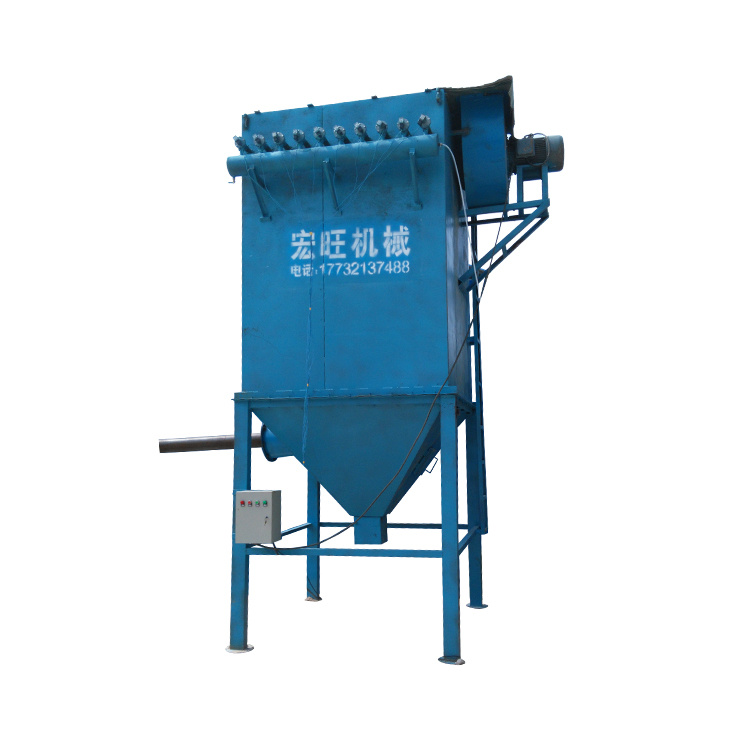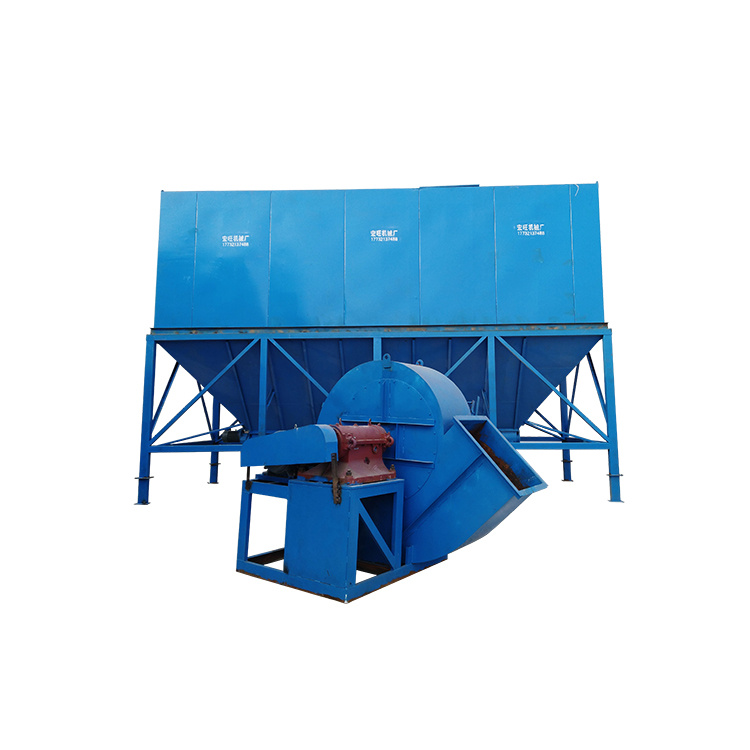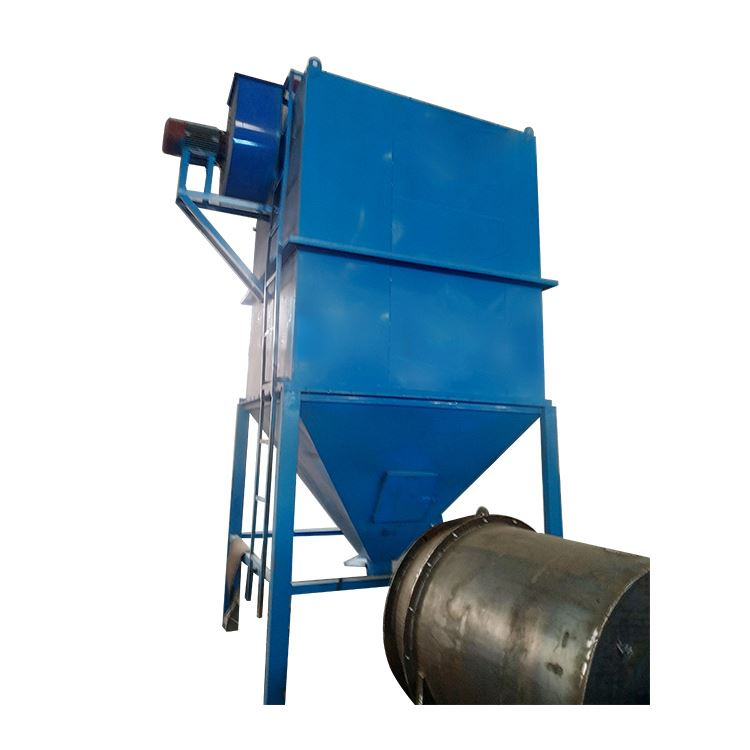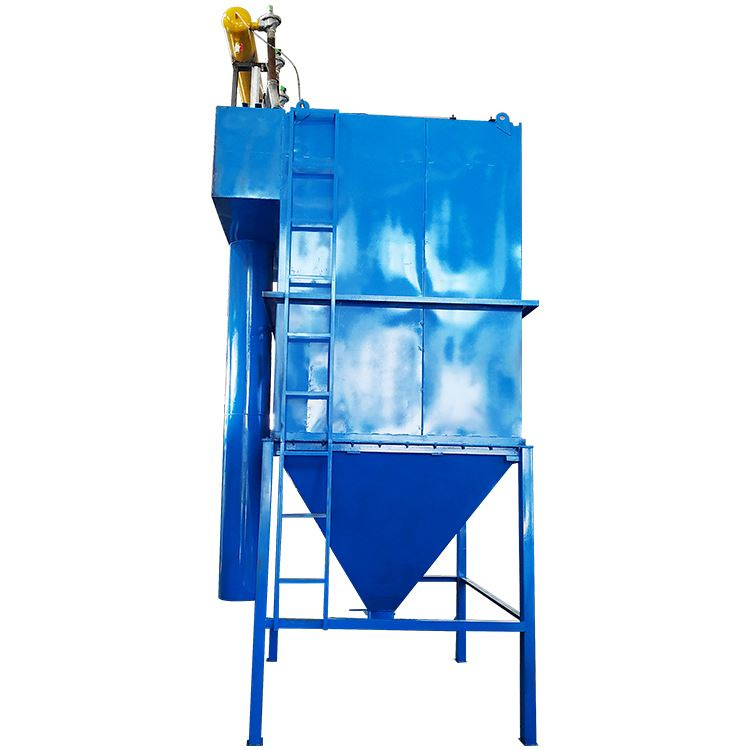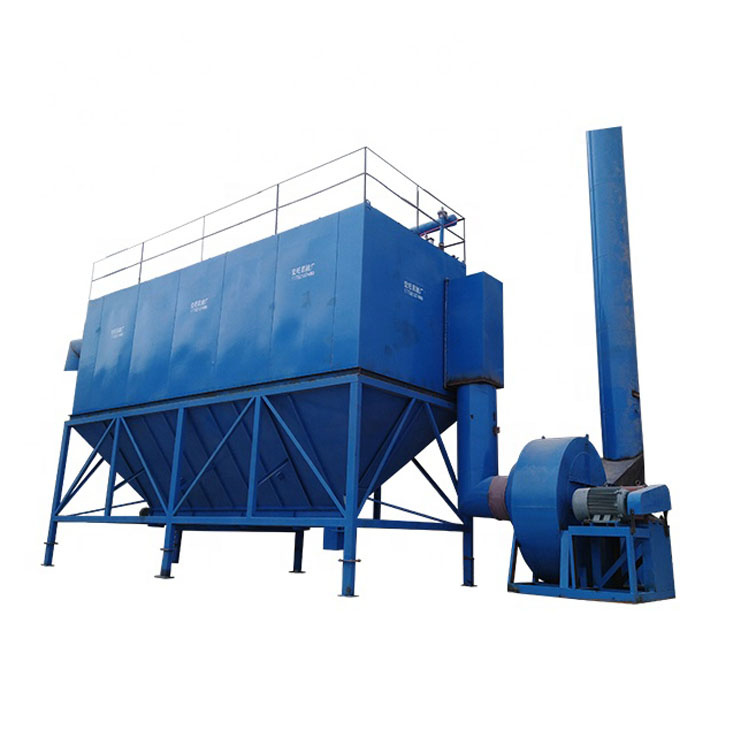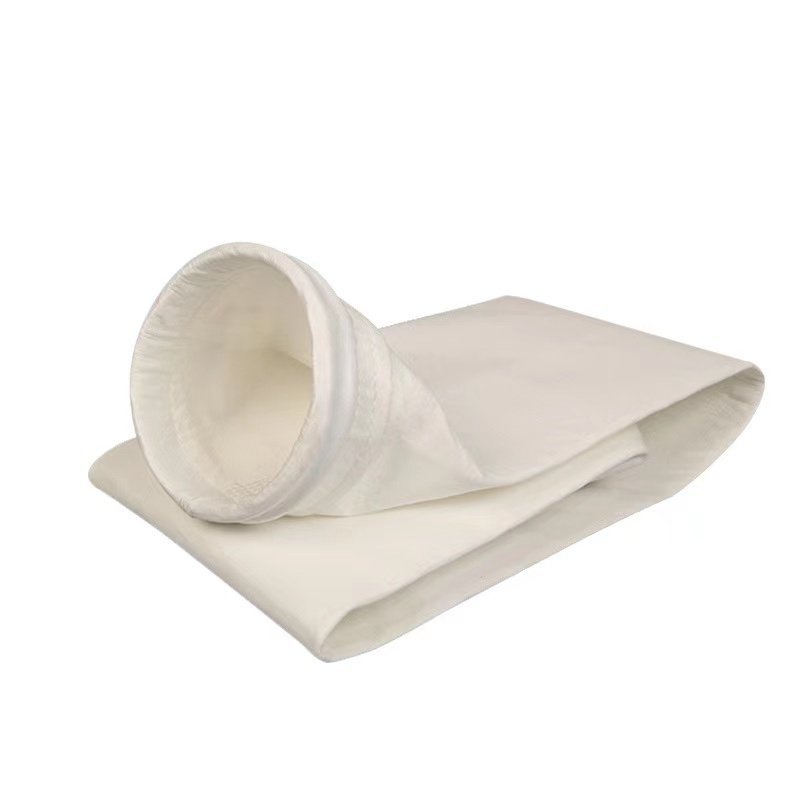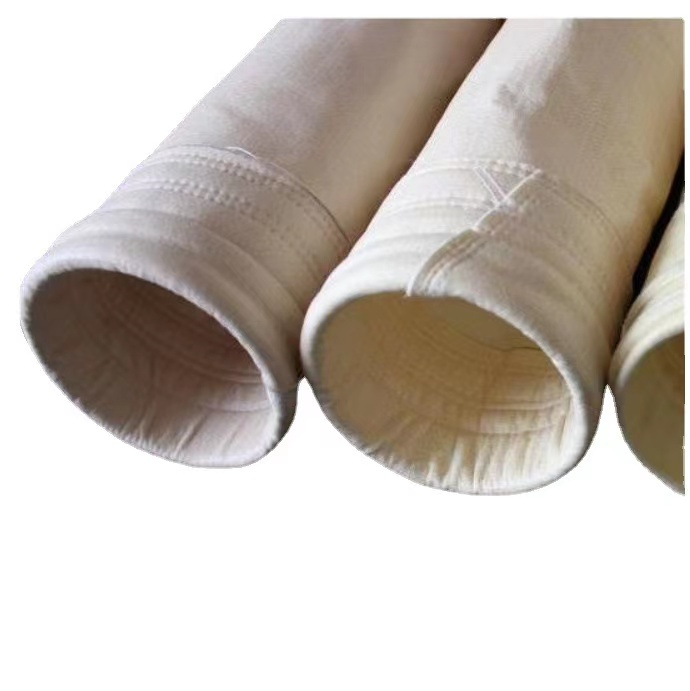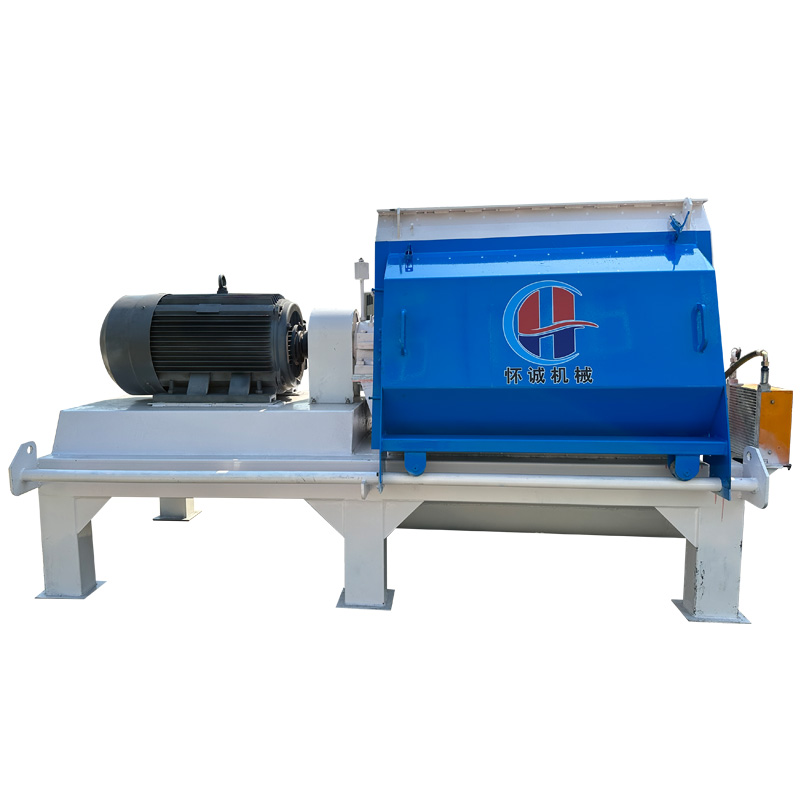Manufacturers Provide High Quality Assurance Bag Pulse Dust Collector
Basic Information
The pulse type bag filter uses the centrifugal fan to generate back pressure at the place where the material falls, and sucks the gas into the dust collector. There is a filter bag in the dust collector to separate the dust, reduce the pollution to the environment, and prevent the fan from causing damage. sharp wear.dust collector to separate the dust, reduce the pollution to the environment, and prevent the fan from causing damage. sharp wear.
The dust collector has the advantages of high purification efficiency, large gas processing capacity, stable performance, convenient operation, long filter bag life and small maintenance workload, and is deeply favored by enterprises that need to treat waste gas.
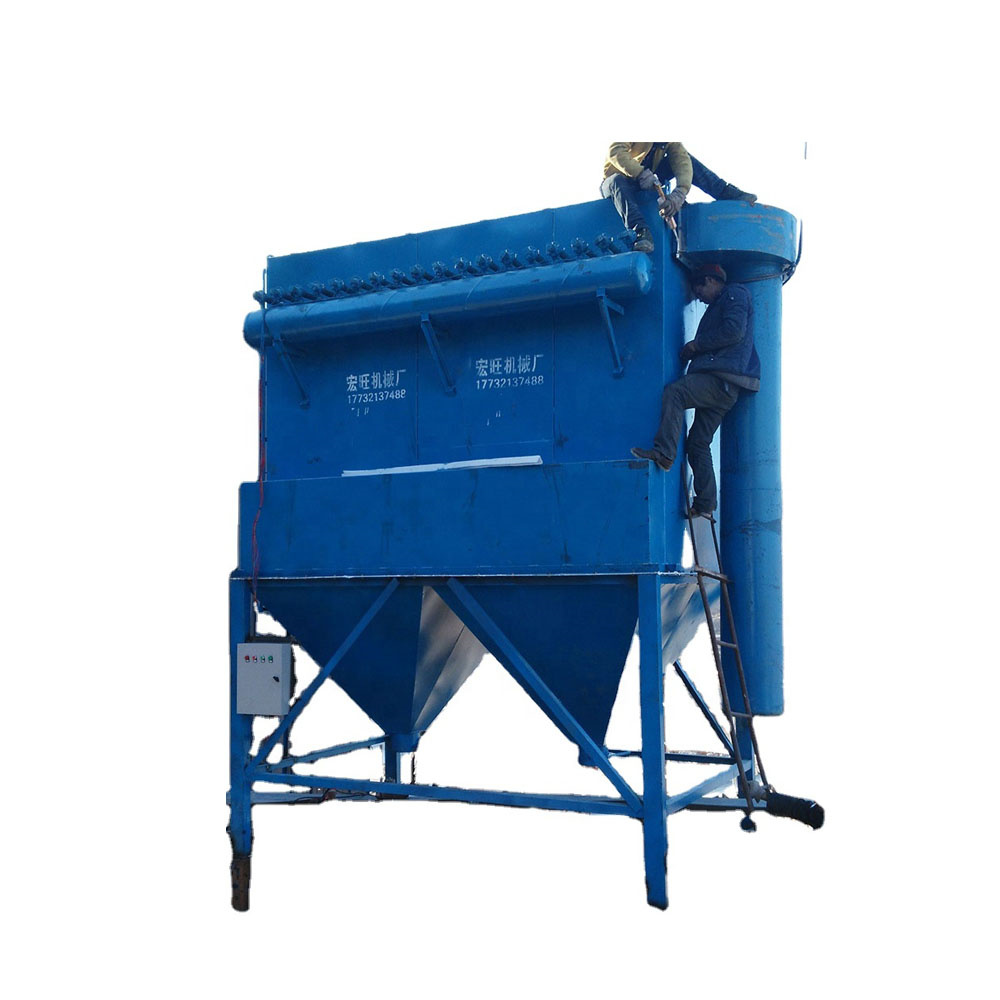
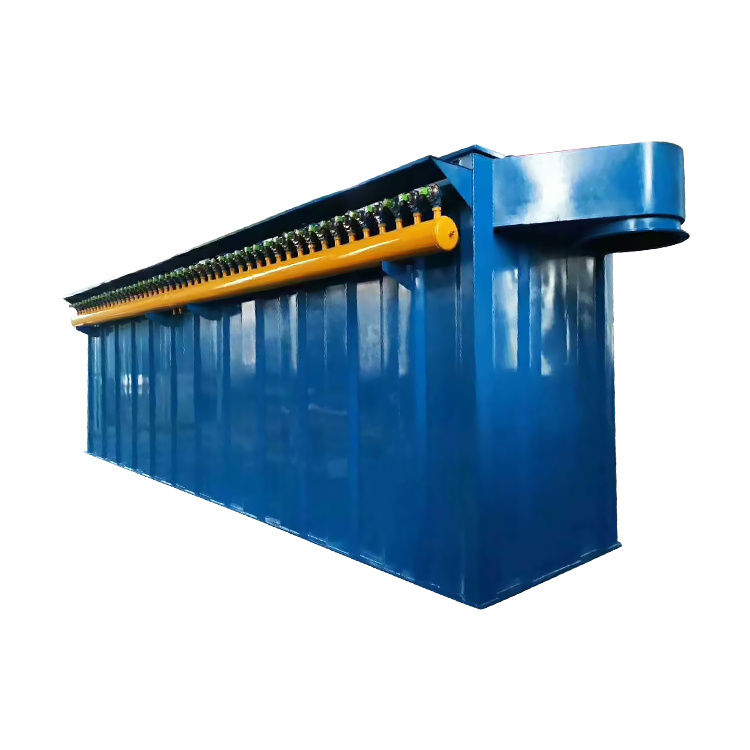
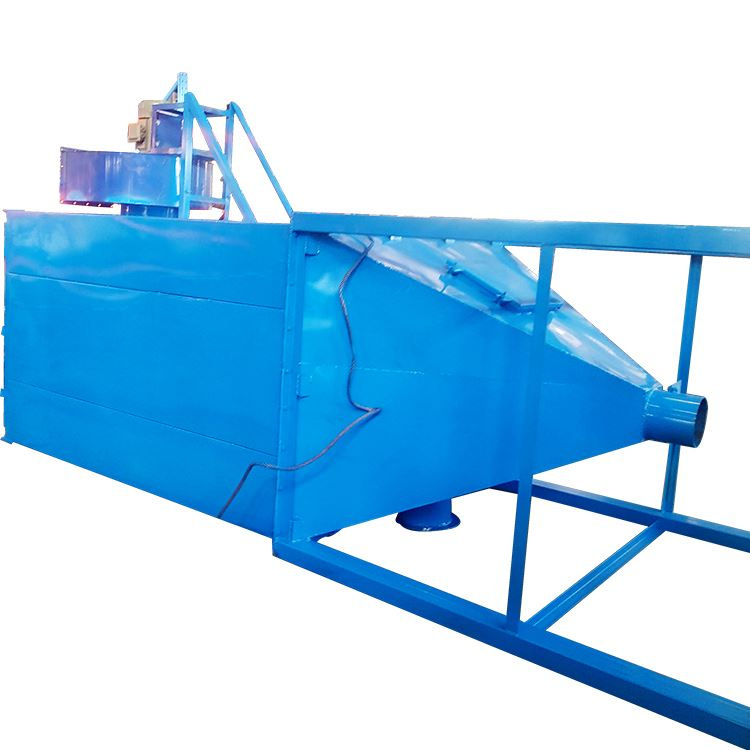
Specifications
| Model | Filter Area | Filtration Velocity (m/min} | Air Volume (m³/min) | Filtration Efficiency (mg/m³) | Emission Standard |
| DMC-32 | 32 | 1.2-2.5 | 2880-4800 | 95% | ≤30-50 |
| DMC-48 | 48 | 1.2-2.5 | 4320-7200 | 95% | ≤30-50 |
| DMC-64 | 64 | 1.2-2.5 | 5400-9000 | 95% | ≤30-50 |
| DMC-80 | 80 | 1.2-2.5 | 8100-13500 | 95% | ≤30-50 |
| DMC-100 | 100 | 1.2-2.5 | 8100-13500 | 95% | ≤30-50 |
| DMC-120 | 120 | 1.2-2.5 | 10800-18000 | 95% | ≤30-50 |
| DMC-160 | 160 | 1.2-2.5 | 13000-22500 | 95% | ≤30-50 |
| DMC-180 | 180 | 1.2-2.5 | 16200-27000 | 95% | ≤30-50 |
| DMC-200 | 200 | 1.2-2.5 | 18900-31500 | 95% | ≤30-50 |
| DMC-280 | 280 | 1.2-2.5 | 22500-37500 | 95% | ≤30-50 |
| DMC-300 | 300 | 1.2-2.5 | 27000-45000 | 95% | ≤30-50 |
| DMC-340 | 340 | 1.2-2.5 | 30400-51000 | 95% | ≤30-50 |
| LMC-420 | 420 | 1.2-2.5 | 37800-63000 | 95% | ≤30-50 |
| LMC-500 | 500 | 1.2-2.5 | 45000-75000 | 95% | ≤30-50 |
| LMC-600 | 600 | 1.2-2.5 | 54000-90000 | 95% | ≤30-50 |
| LMC-740 | 740 | 1.2-2.5 | 66600-111000 | 95% | ≤30-50 |
| LMC-870 | 872 | 1.2-2.5 | 78300-130500 | 95% | ≤30-50 |
| LMC-1000 | 1000 | 1.2-2.5 | 90000-150000 | 95% | ≤30-50 |
Field case display:
Dust collectors play a crucial role in sand factories by improving air quality, ensuring worker safety, and complying with regulations. They effectively capture and remove airborne dust particles, creating a clean and healthy working environment. By minimizing dust levels, they reduce the risk of respiratory issues and dust-related accidents. Dust collectors also protect equipment from dust accumulation, minimizing wear and tear and extending their lifespan. Additionally, they aid in regulatory compliance by controlling dust emissions. Overall, dust collectors in sand factories contribute to a safe, efficient, and compliant operation, benefiting both workers and the environment.
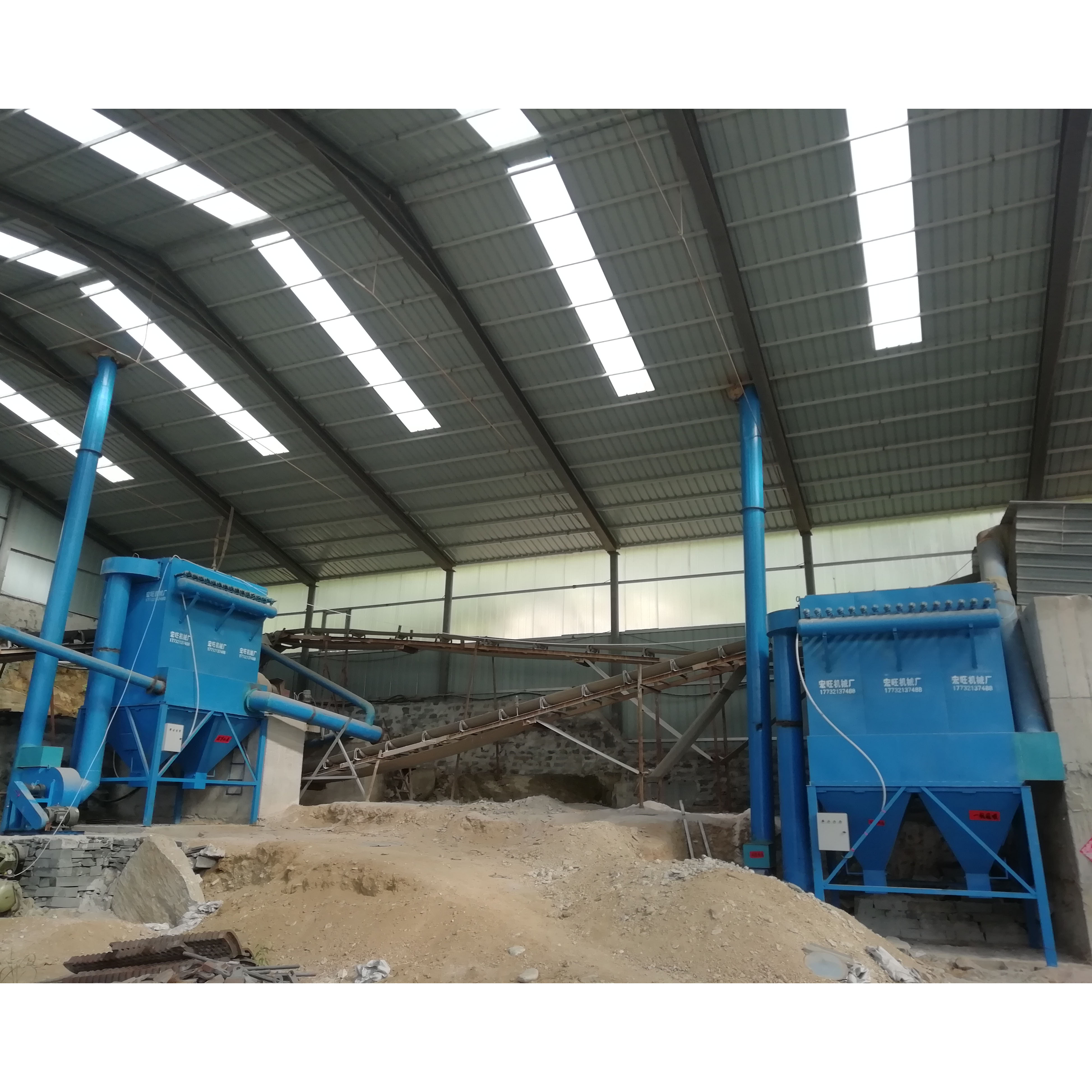
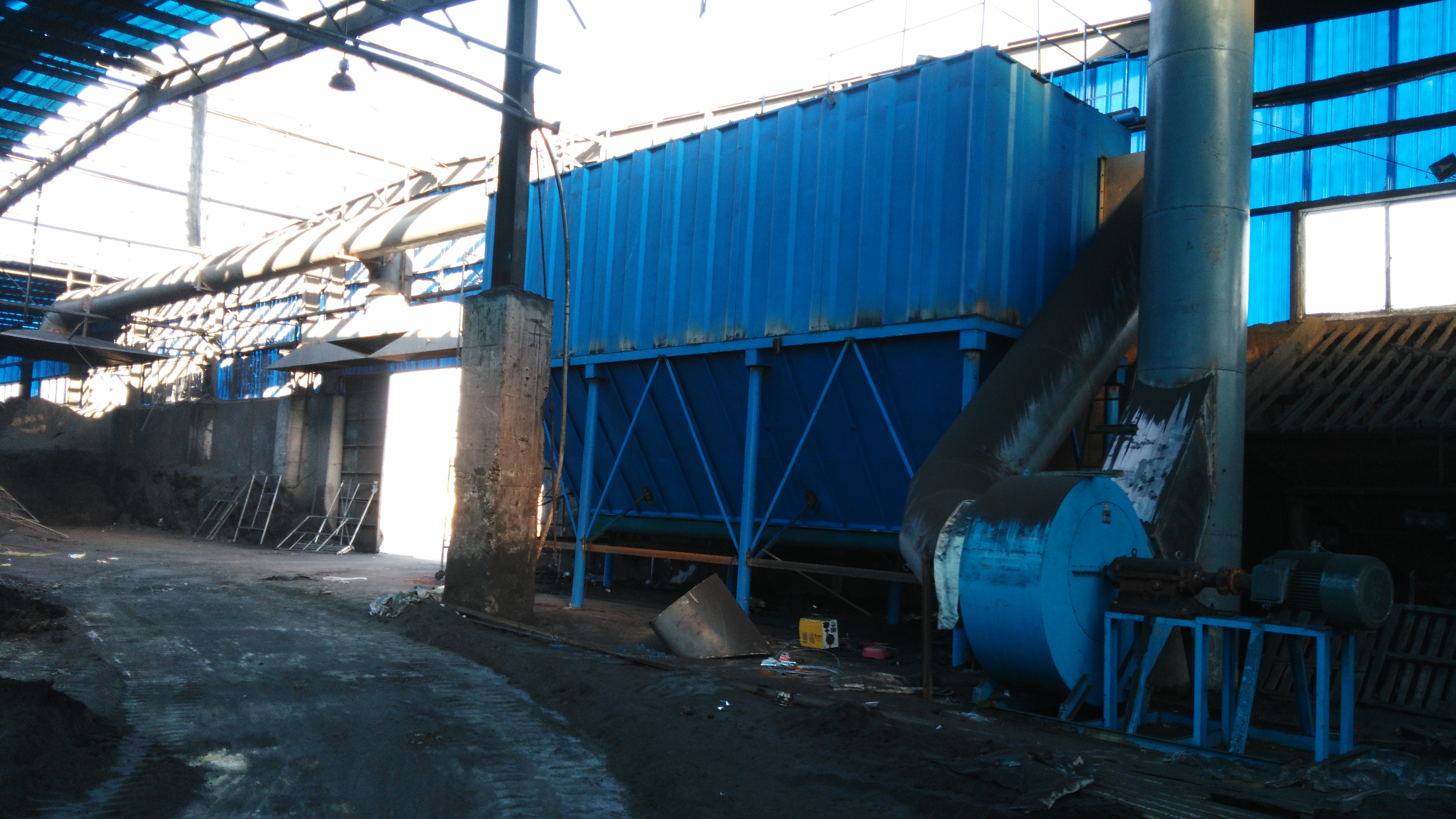
Dust collectors play a vital role in coal yards by controlling and managing dust emissions. As coal handling and storage can generate significant amounts of airborne dust, dust collectors help maintain air quality and ensure compliance with environmental regulations. By capturing and filtering out dust particles, they minimize health hazards for workers and nearby communities. Dust collectors also protect equipment from dust-related damage, reducing maintenance costs and prolonging their operational life. Additionally, they prevent dust accumulation on surfaces, minimizing the risk of fire or explosions. Overall, dust collectors in coal yards are essential for promoting a safe, clean, and environmentally responsible operation.
Real invoice:
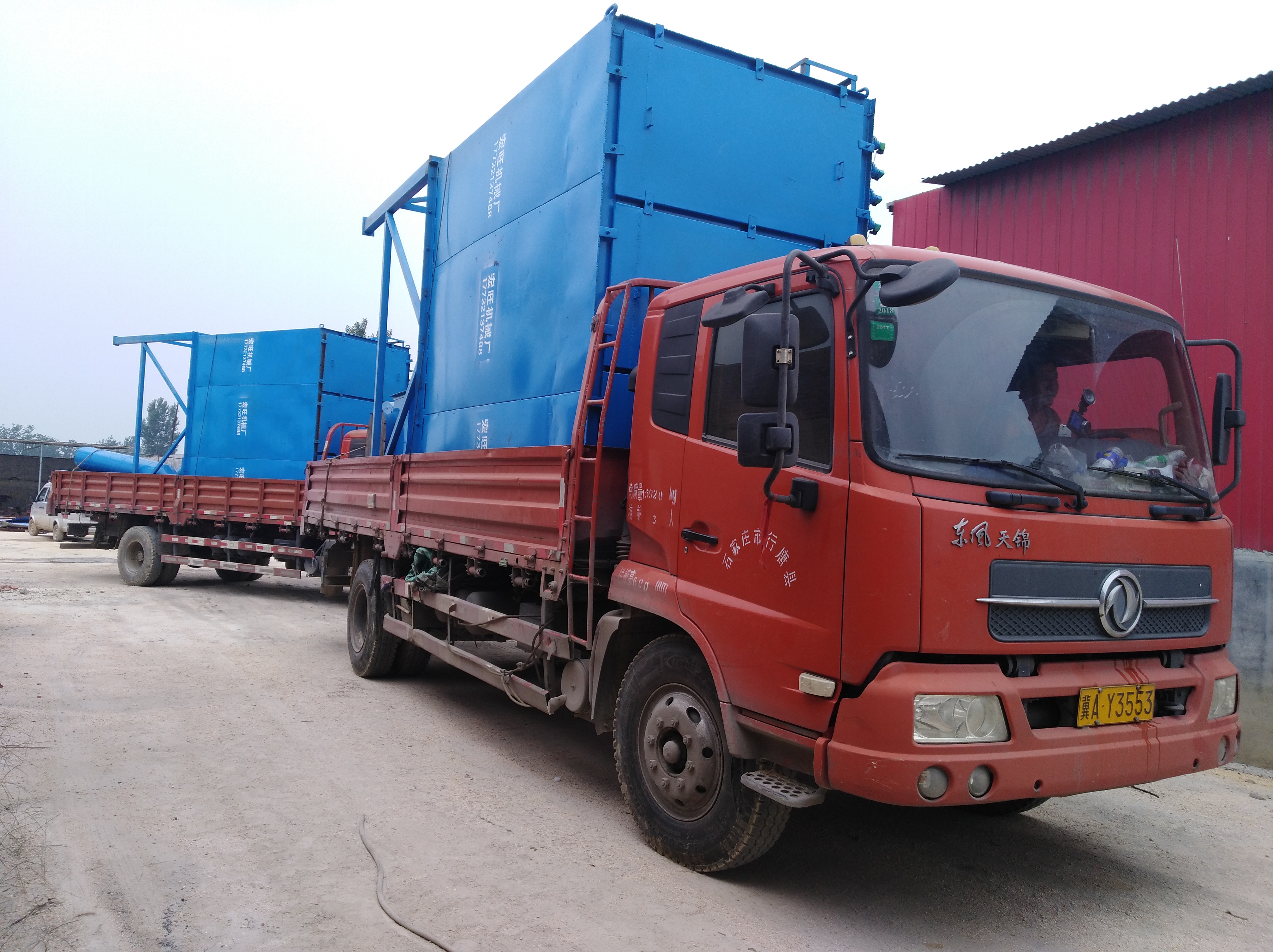
Invoice 1: Customer: China Huaicheng Machinery Equipment Co., Ltd. Location: United States Invoice Date: [2023.01.15] Invoice Number: -001 Product: Dust Collector Model A-1000 Quantity: 2
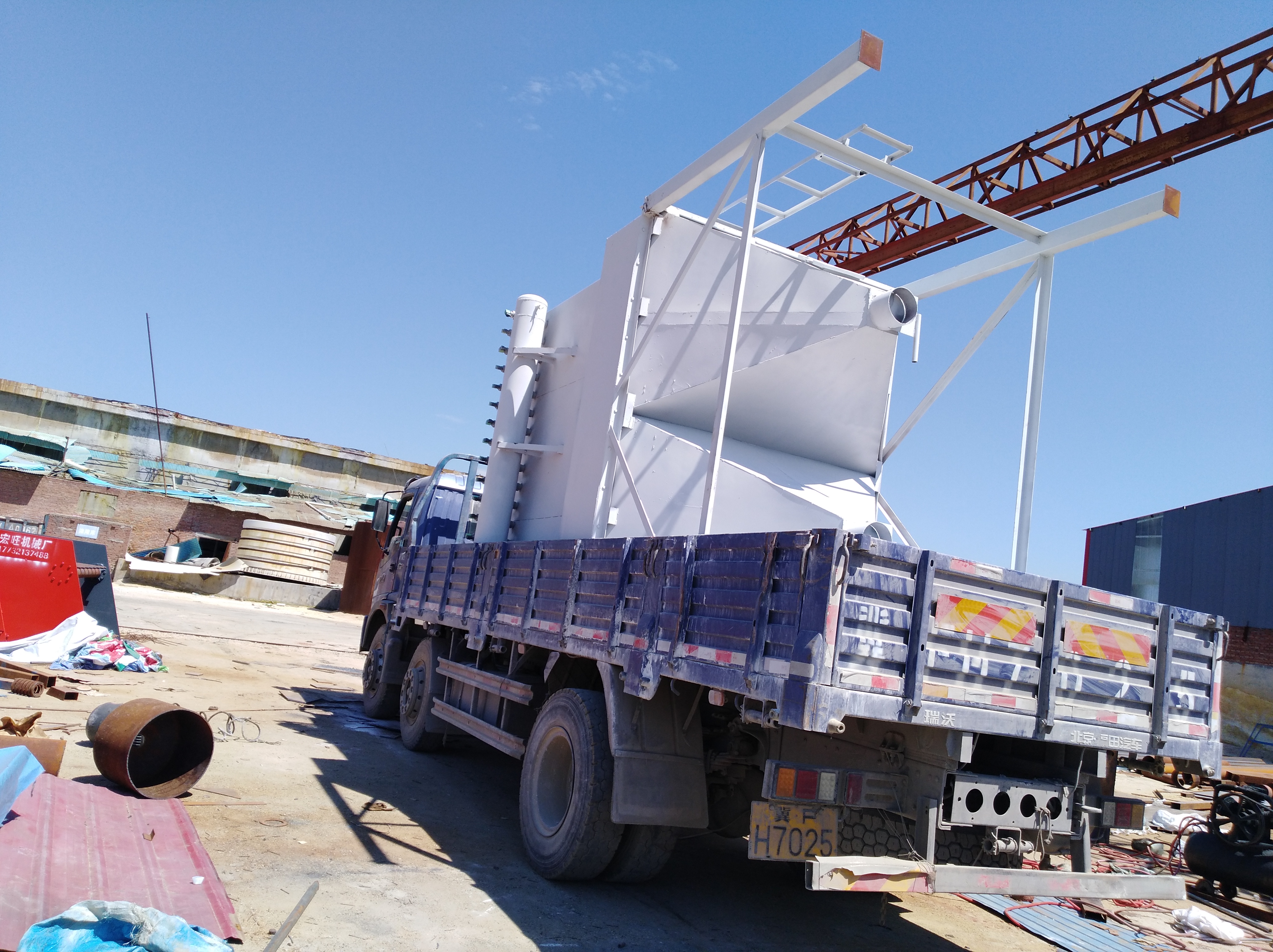
Invoice 2: Customer: Canada Air Industrial Ltd. Location: Canada Invoice Date: [2023.04.19] Invoice Number: INV-002 Product: Dust Collector Model B-2000 Quantity: 1
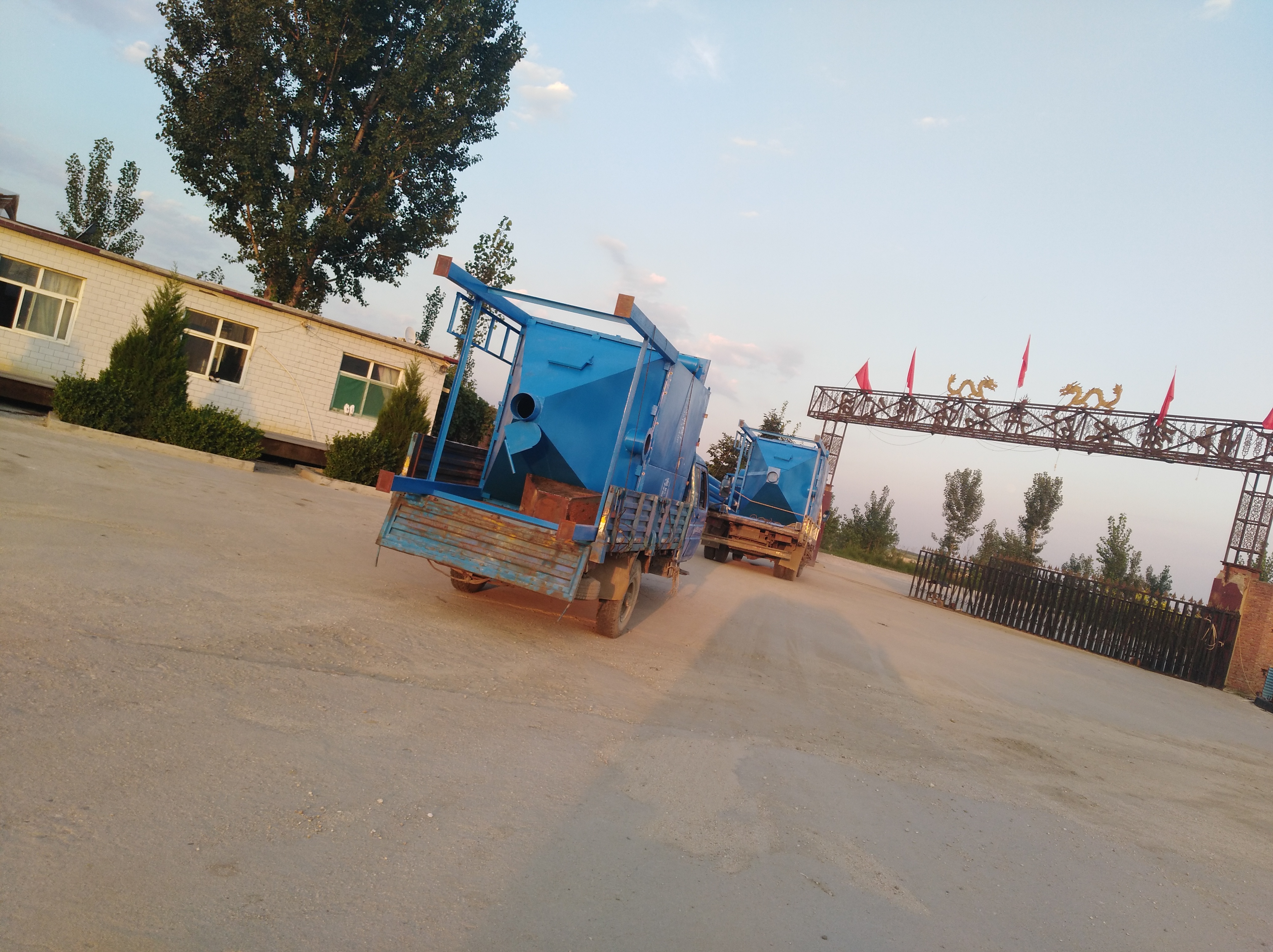
Invoice 3: Customer: PQR Manufacturing Co. Location: United Kingdom Invoice Date: [2023.03.5] Invoice Number: -003 Product: Dust Collector Model C-3000 Quantity: 2
FAQ:
Q1: What is a dust collector? A1: A dust collector is a device used to control and remove airborne dust particles and pollutants from industrial or commercial environments. Q2: Why are dust collectors important? A2: Dust collectors are important because they help maintain a clean and healthy working environment by capturing and filtering out dust, which can be hazardous to both human health and equipment. Q3: How does a dust collector work? A3: Dust collectors work by drawing in air contaminated with dust particles and passing it through filters or other collection mechanisms. These filters trap the dust particles, allowing clean air to be released back into the environment. Q4: What are the benefits of using a dust collector? A4: The benefits of using a dust collector include improved air quality, reduced health risks for workers, increased equipment lifespan, compliance with environmental regulations, and enhanced overall productivity. Q5: What types of industries commonly use dust collectors? A5: Dust collectors are commonly used in industries such as woodworking, metalworking, pharmaceuticals, food processing, mining, cement production, and many others where dust or fine particles are generated during the manufacturing or processing processes. Q6: Are there different types of dust collectors? A6: Yes, there are various types of dust collectors available, including baghouse collectors, cartridge collectors, cyclone collectors, electrostatic precipitators, and wet scrubbers. Each type has its own advantages and applications. Q7: How do I choose the right dust collector for my application? A7: Choosing the right dust collector involves considering factors such as the type and size of dust particles, the volume of air to be treated, the specific industry requirements, available space, and budget. Consulting with an expert or a dust collector supplier can help in selecting the appropriate model. Q8: How often do dust collector filters need to be replaced? A8: The frequency of filter replacement depends on various factors, including the type of dust being collected, the operating conditions, and the filter's quality. Generally, filters may need to be replaced every 6 to 12 months, but regular inspections and maintenance can help determine the optimal replacement schedule. Q9: Can dust collectors be customized for specific needs? A9: Yes, dust collectors can often be customized to meet specific requirements. They can be tailored in terms of size, filter media selection, airflow capacity, discharge options, and control systems to ensure they are efficient and compatible with the application. Q10: How should dust collector maintenance be performed? A10: Dust collector maintenance typically involves regular inspections, cleaning or replacing filters as needed, checking for leaks, and ensuring the proper functioning of fans, motors, and control systems. Following the manufacturer's guidelines and scheduling routine maintenance can help prolong the life and effectiveness of the dust collector.
Company Profile
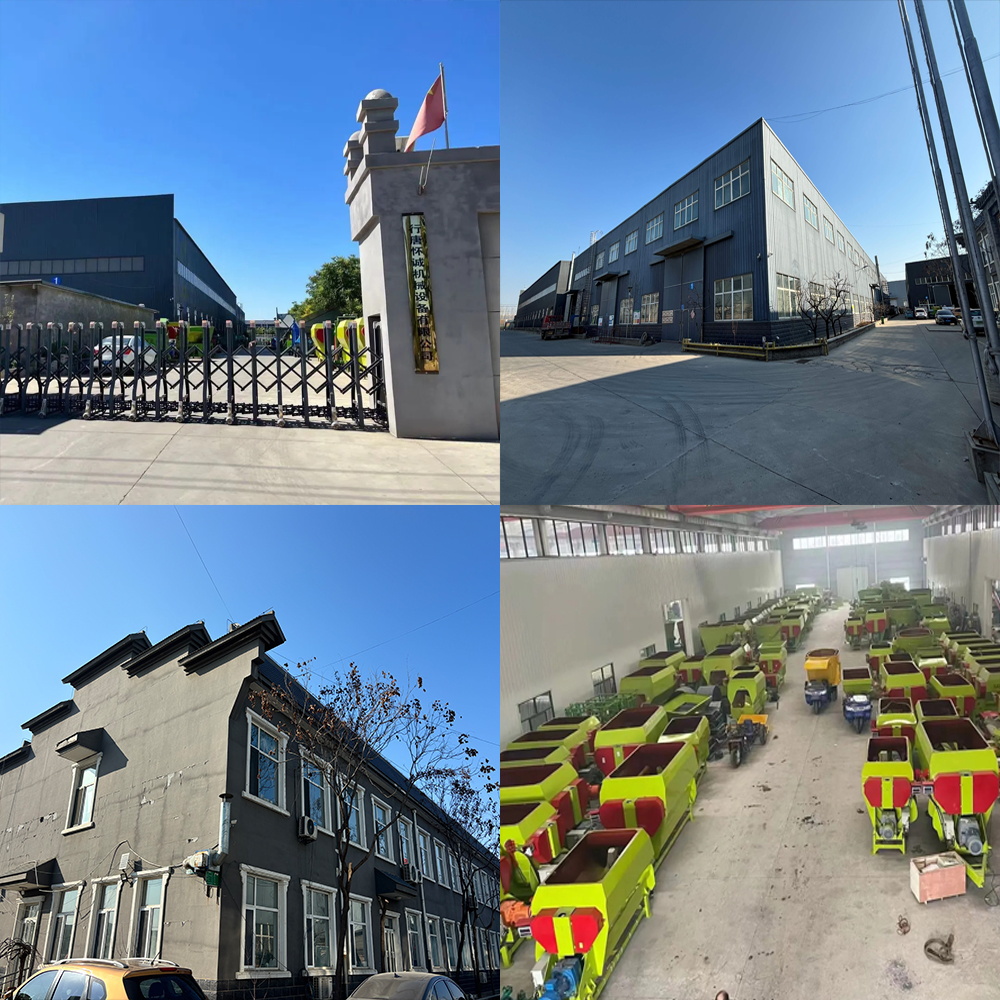
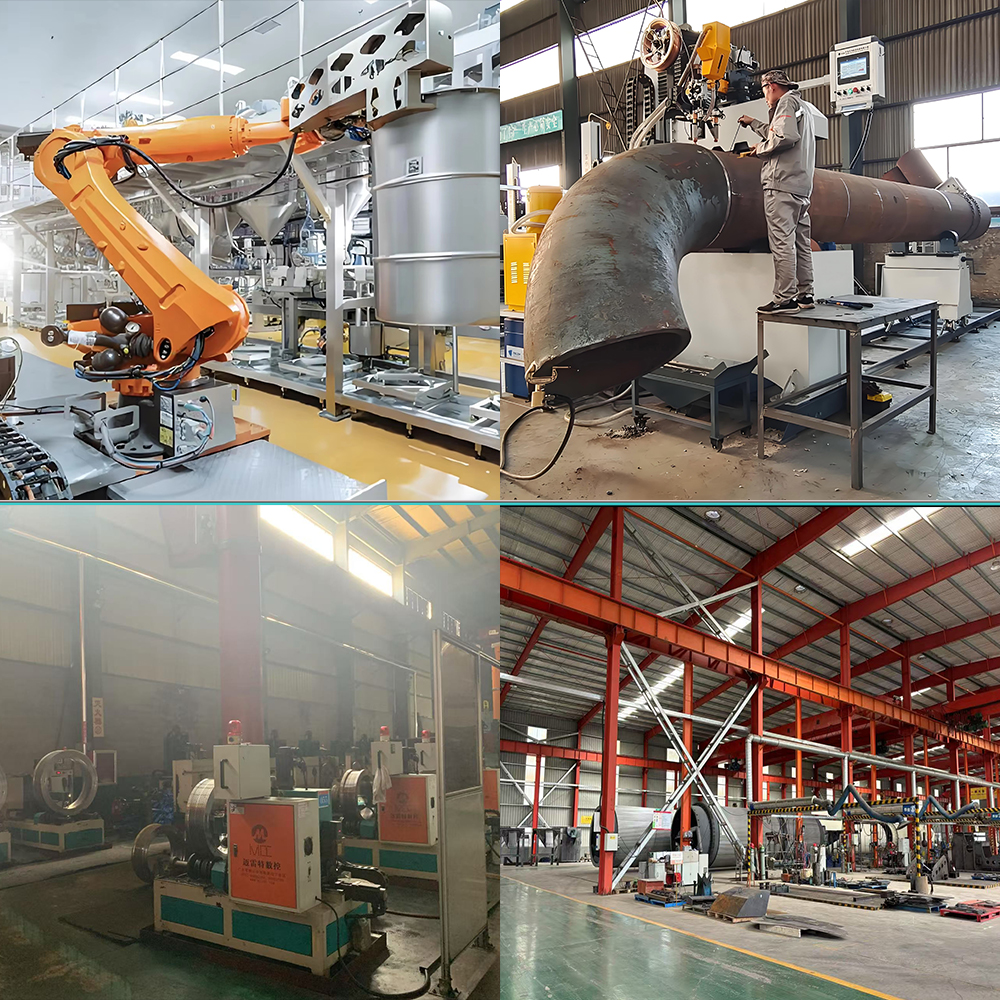
Customer Visit
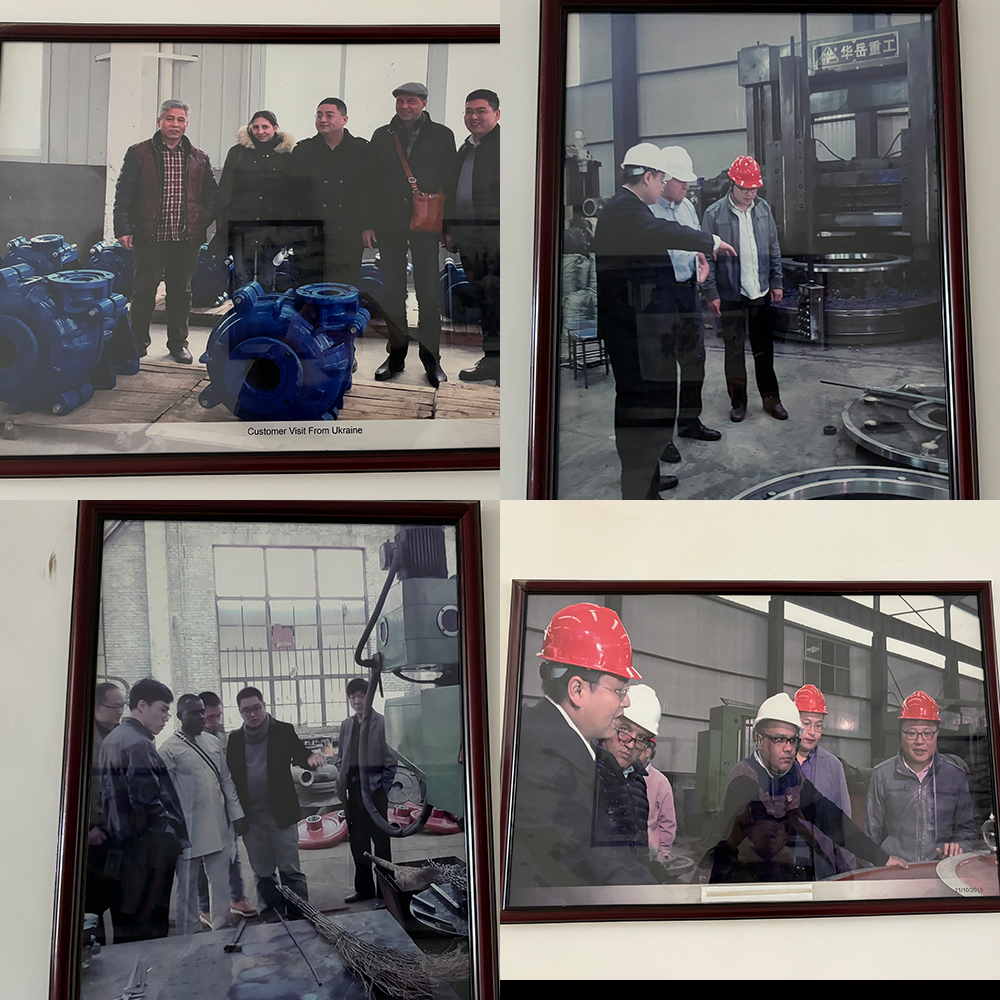
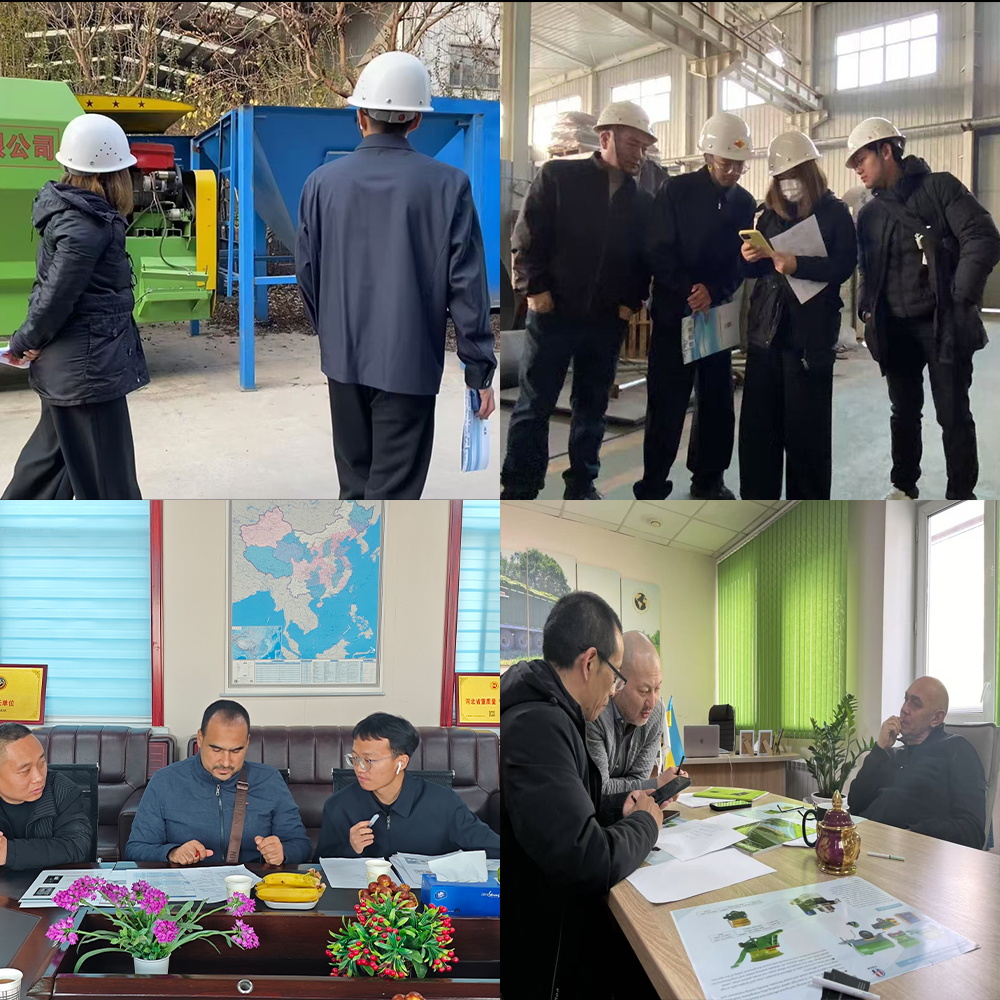
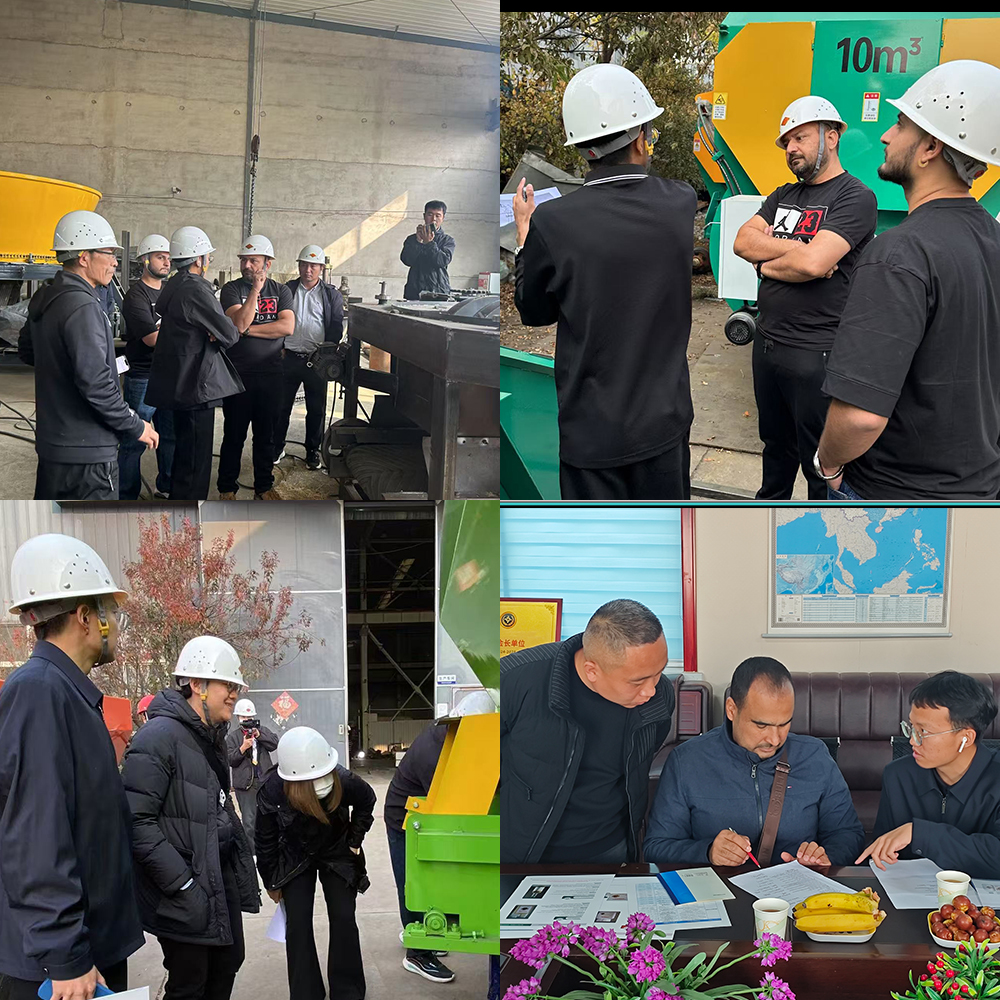
Overseas Delivery
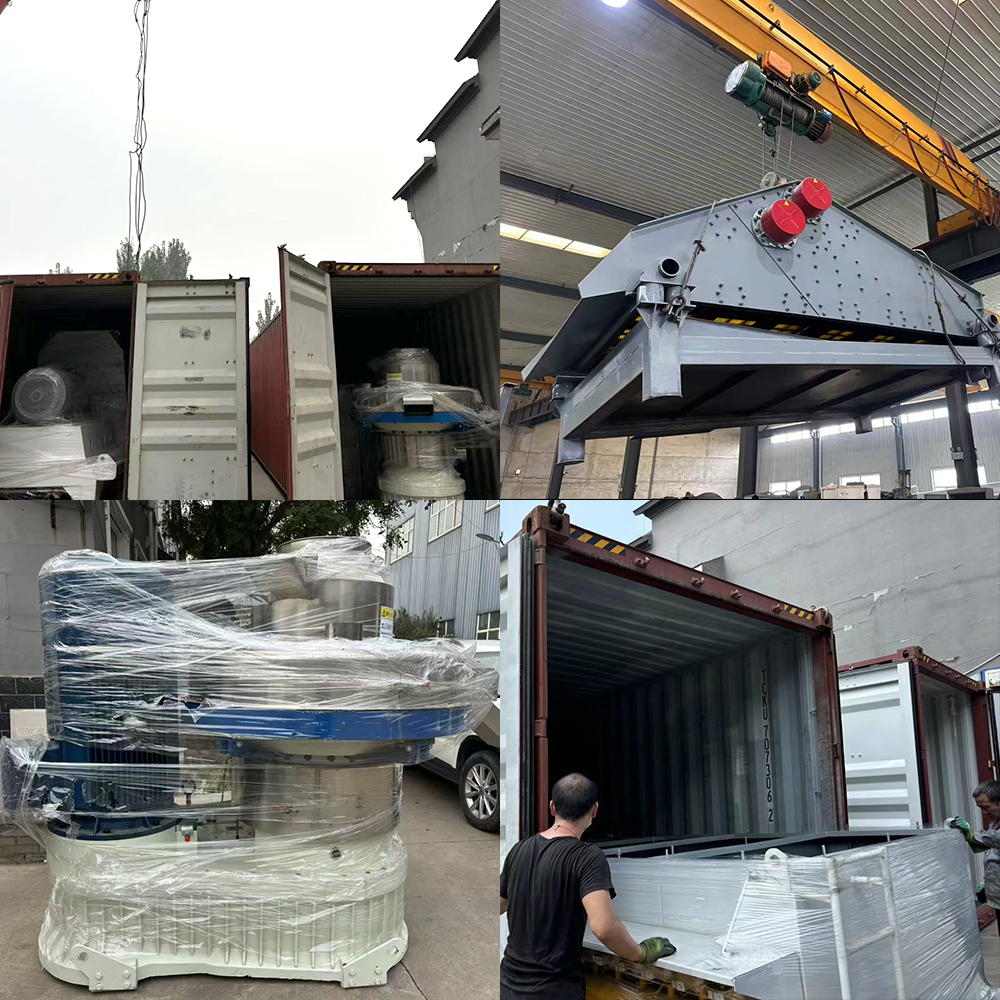
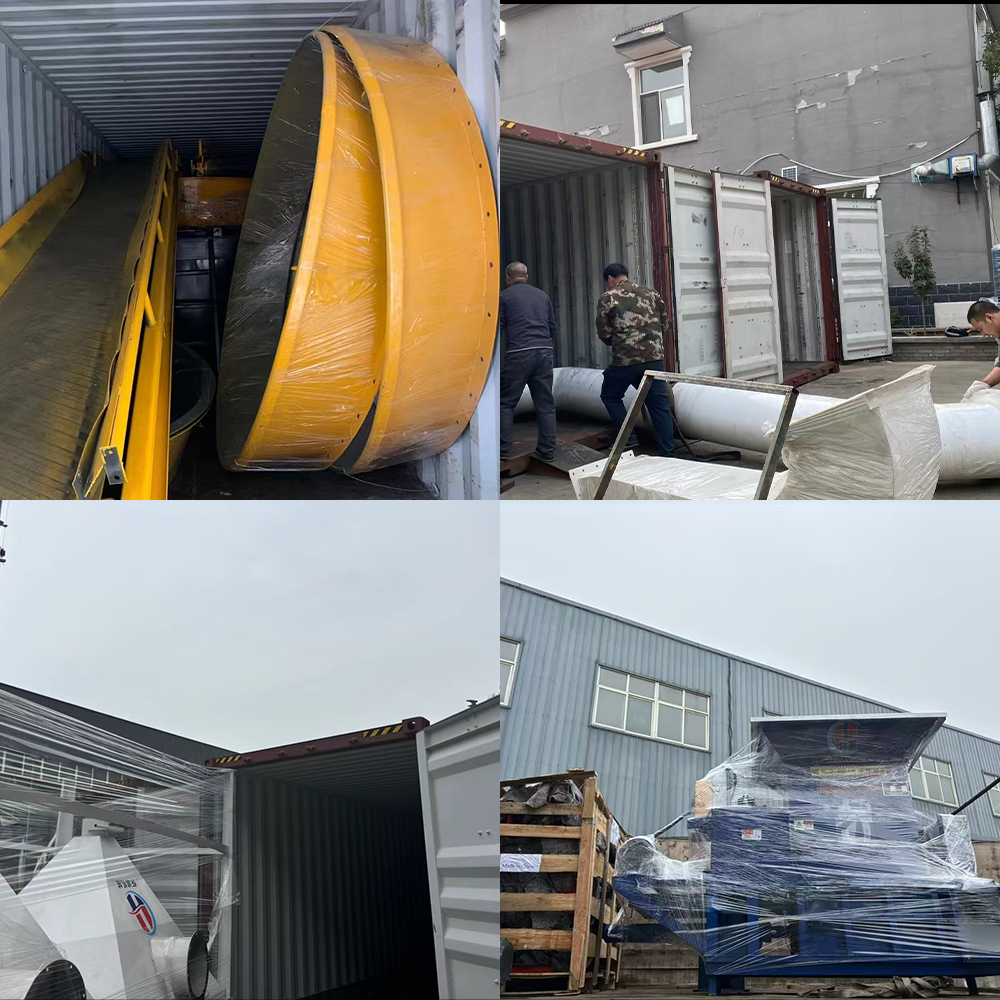
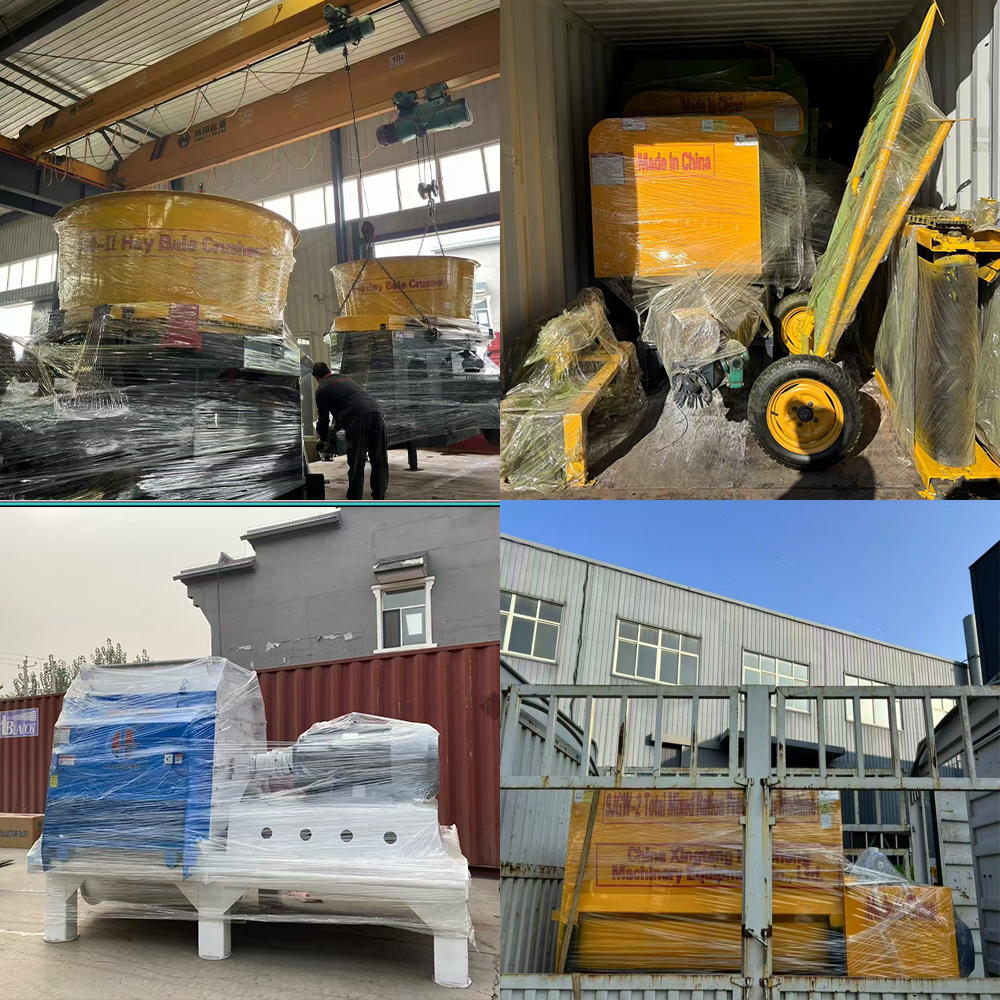
Exhibition
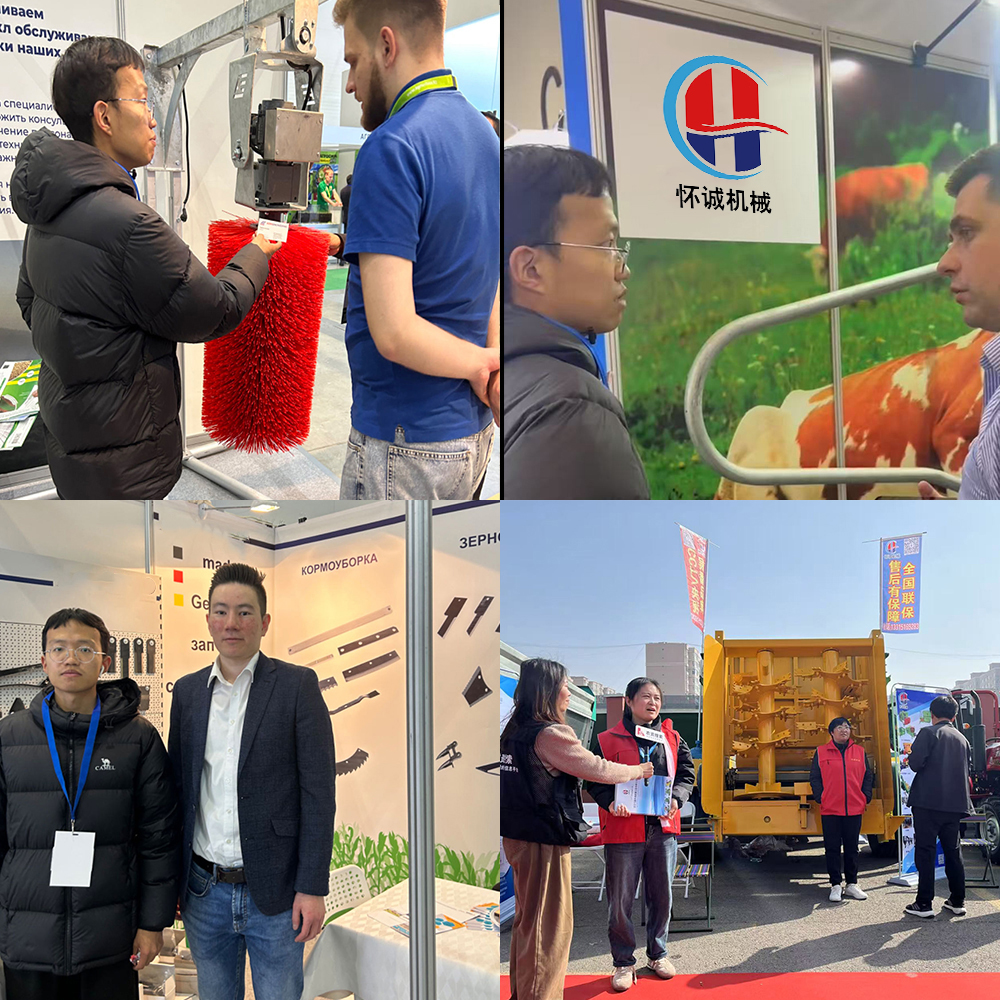

Feedback

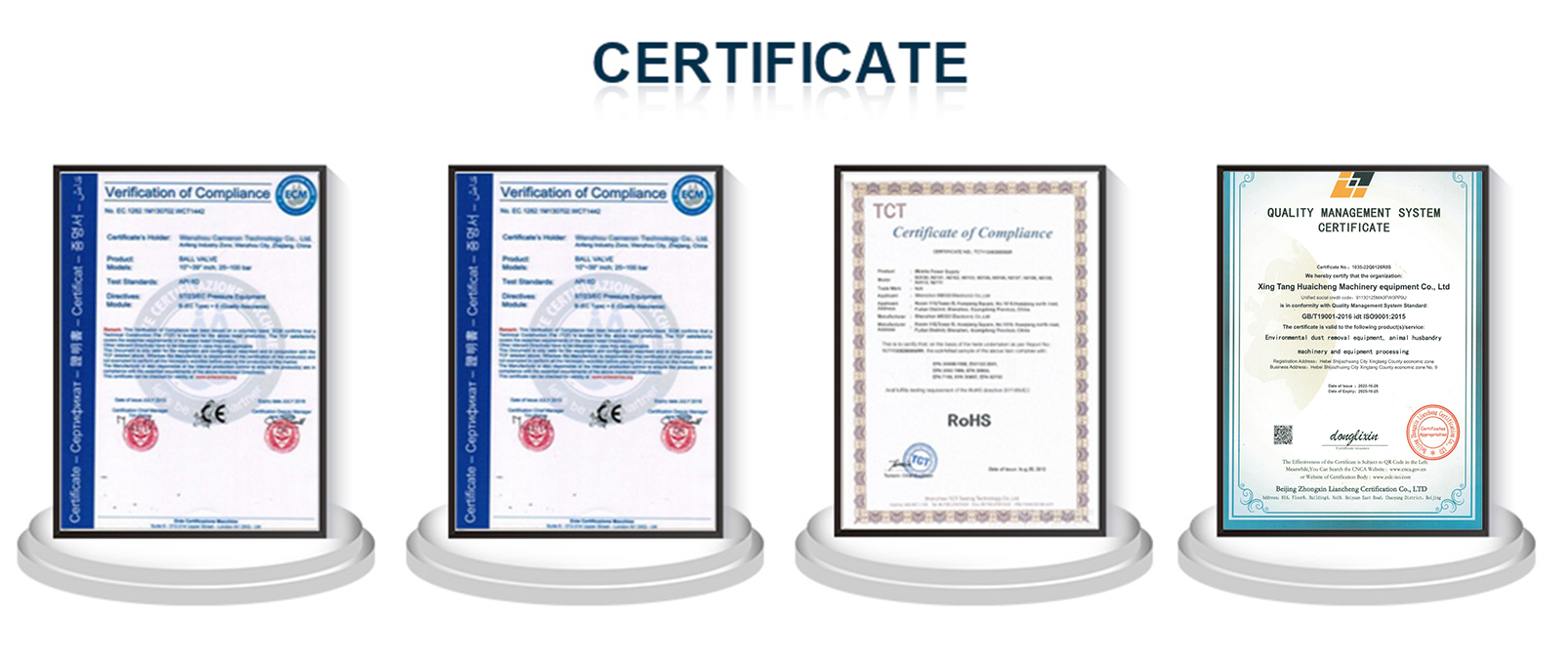
Write your message here and send it to us






